In the fast-paced world of financial trading, success requires more than just knowledge; it requires discipline, planning, and a keen understanding of market dynamics. Our latest article delves into the 10 critical trading do’s and don’ts, providing valuable insights and practical advice to help both novice and experienced traders navigate the complexities of the market. From the importance of having a solid trading plan, to the perils of emotional trading, and the necessity of risk management, we cover it all. Enhance your trading skills and set yourself up for success with our expert guide.
Mastering the Markets: Top 10 Trading Tips for Success
10 Trading Do’s and Dont’s Trading in the financial markets can be a challenging and rewarding endeavor. With the potential for significant profits, it also comes with the risk of substantial losses. To navigate these turbulent waters, traders need to adopt a disciplined approach and be mindful of the common pitfalls. In this article, we will explore the 10 trading do’s and don’ts that can help you improve your trading performance and achieve long-term success.
1. Do: Have a Trading Plan
A well-thought-out trading plan is the foundation of successful trading. It should outline your financial goals, risk tolerance, and trading strategies. A comprehensive trading plan also includes predefined entry and exit points, as well as stop-loss orders to limit potential losses.
Example:
Consider a trader who specializes in trading technology stocks. They might have a trading plan that includes investing in companies with strong quarterly earnings reports, while avoiding stocks that have shown a trend of missing earnings expectations.
2. Don’t: Let Emotions Drive Your Trading Decisions
Trading can be an emotional rollercoaster, especially when dealing with volatile markets. It’s crucial to keep your emotions in check and not let fear or greed dictate your trading decisions.
Statistic:
A study by the Journal of Finance found that individual investors who traded frequently earned an annual return of 11.4%, while the market returned 17.9% over the same period. This underperformance was largely attributed to emotional trading decisions.
3. Do: Use Technical and Fundamental Analysis
Successful traders use a combination of technical and fundamental analysis to make informed trading decisions. Technical analysis involves studying price charts and using statistical measures to predict future price movements. Fundamental analysis, on the other hand, involves evaluating a company’s financial health and industry conditions.
Example:
A trader might use technical analysis to identify a stock’s support and resistance levels, while also evaluating the company’s P/E ratio through fundamental analysis to determine if the stock is over or undervalued.
4. Don’t: Ignore Risk Management
Risk management is a critical component of successful trading. It involves setting stop-loss orders and only risking a small percentage of your trading capital on a single trade.
Statistic:
A survey by the National Futures Association found that 70% of traders who failed did not use proper risk management techniques.
5. Do: Stay Informed
Staying informed about market conditions and news is essential for making timely and informed trading decisions. This includes keeping tabs on economic indicators, company earnings reports, and geopolitical events.
Example:
A currency trader might monitor economic indicators such as GDP growth and unemployment rates to gauge the strength of a country’s economy and make informed trading decisions.
6. Don’t: Chase the Market
Chasing the market refers to the practice of entering a trade after the market has already made a significant move in one direction. This often results in buying at the top or selling at the bottom, leading to substantial losses.
Example:
During the cryptocurrency boom of 2017, many traders entered the market after Bitcoin had already experienced a significant run-up, only to see its price crash shortly thereafter.
7. Do: Practice Discipline
Discipline is key to long-term trading success. This means sticking to your trading plan, not overtrading, and not letting emotions dictate your trading decisions.
Statistic:
A study by the CME Group found that disciplined traders are more likely to achieve long-term success, with 80% of disciplined traders being profitable over the long term, compared to only 20% of undisciplined traders.
8. Don’t: Overtrade
Overtrading occurs when a trader takes too many trades, often as a result of emotional reactions or the desire to make up for previous losses. This can lead to significant trading costs and the potential for substantial losses.
Example:
A day trader might experience a series of losses and decide to take additional trades in an attempt to recoup their losses, only to end up incurring even more losses.
9. Do: Take Breaks
Trading can be mentally exhausting, and taking regular breaks is essential for maintaining peak performance. This can help prevent burnout and ensure that you are making the best possible trading decisions.
Example:
A trader might decide to take a short walk or practice meditation during particularly volatile market conditions to clear their mind and refocus.
10. Don’t: Neglect Self-Reflection
Successful traders regularly reflect on their trading performance and seek out ways to improve. This involves reviewing trades, identifying what worked and what didn’t, and adjusting your trading plan accordingly.
Statistic:
A survey by the Financial Conduct Authority found that traders who engage in regular self-reflection are more likely to achieve consistent profitability.
Conclusion
Trading in the financial markets requires a disciplined approach and a deep understanding of the risks involved. By following the do’s and don’ts outlined in this article, traders can improve their performance and increase their chances of achieving long-term success. Remember, successful trading is not about making the most trades, but about making the right trades at the right time.
References:





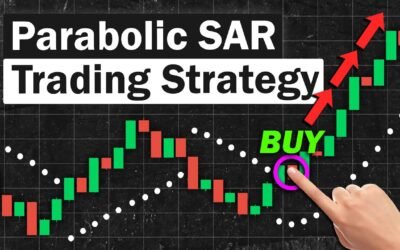
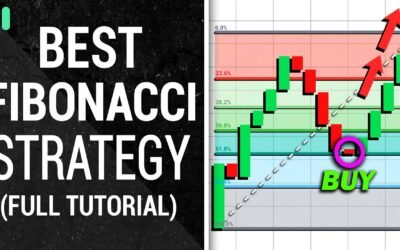
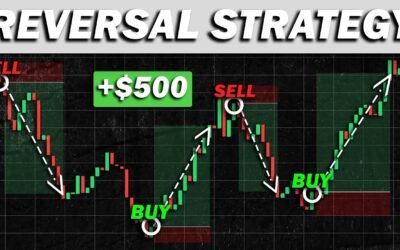
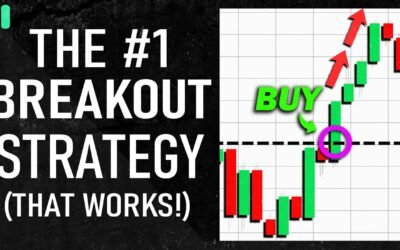


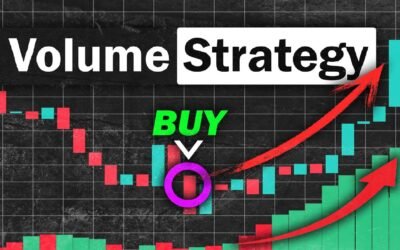
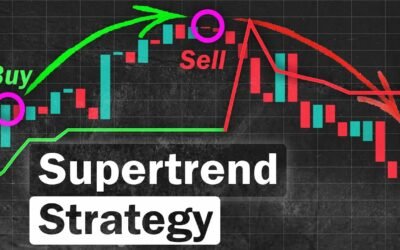

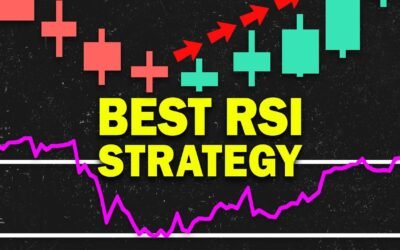
 How to trade CFD? (00:49)
How to trade CFD? (00:49) How to trade binary options*? (01:22)
How to trade binary options*? (01:22) Forex. How to start? (01:01)
Forex. How to start? (01:01)